ECB Vice President Luis de Guindos recently highlighted the persistence of core inflation, stating that it may be more persistent than markets anticipated. He emphasized that “core inflation remains very sticky,” and while he believes it will eventually come down, the starting point is very high.
De Guindos also stressed that ECB will continue to communicate monetary policy on a meeting-by-meeting basis, with a data-dependent approach, rather than shifting to a forward-guidance strategy for several months. He added, “I believe that the current approach will be maintained for a few months until the evolution of inflation and the effects of our measures become clearer.”
In a separate statement, ECB Governing Council member Ignazio Visco echoed de Guindos’ concerns regarding stubborn core inflation. He emphasized the need for caution when setting policy, recommending that decisions be made on a meeting-by-meeting basis.





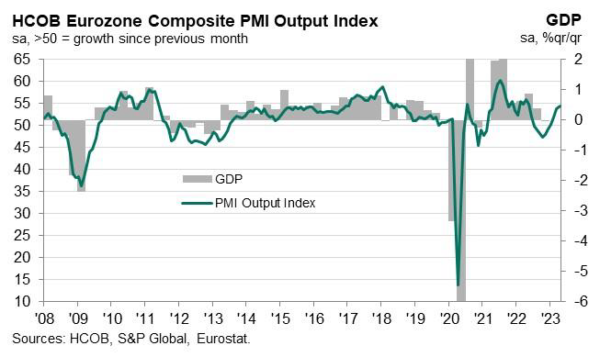
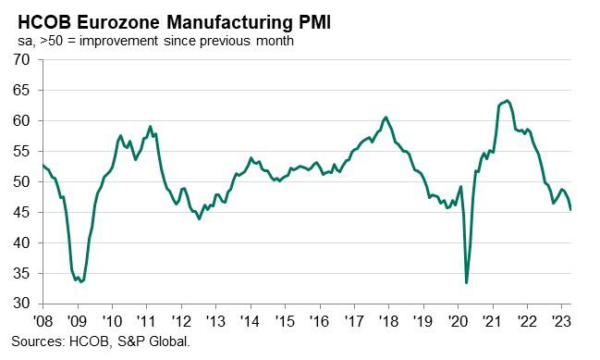
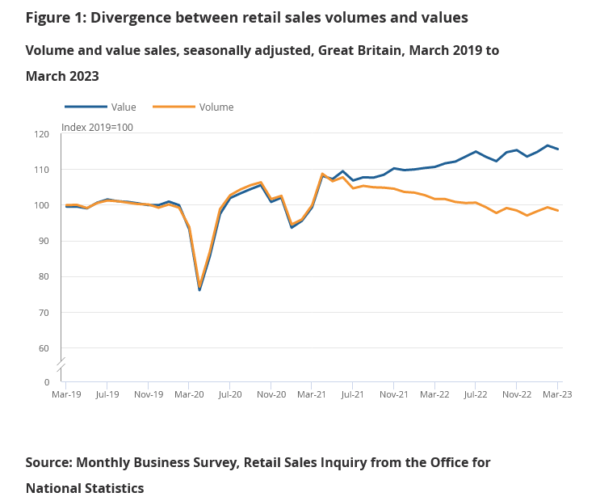
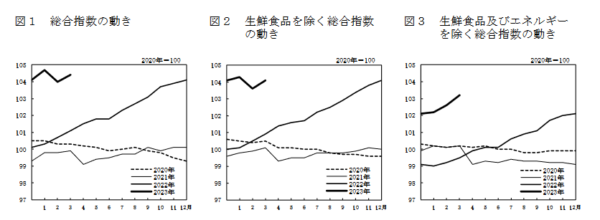
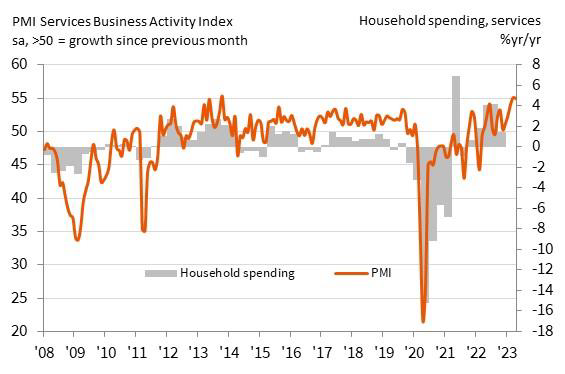
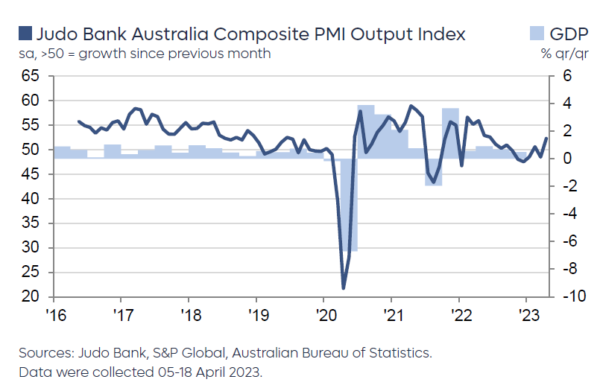
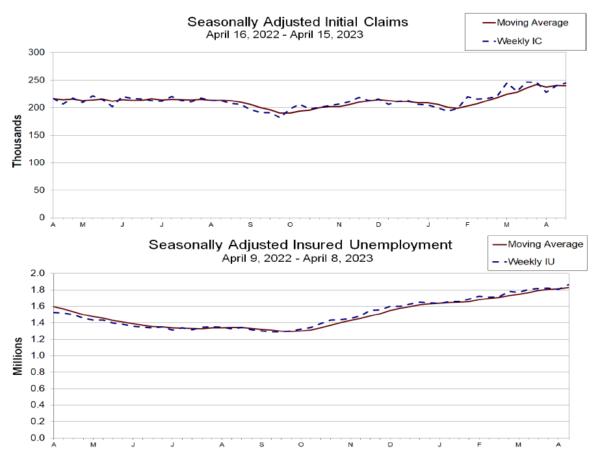
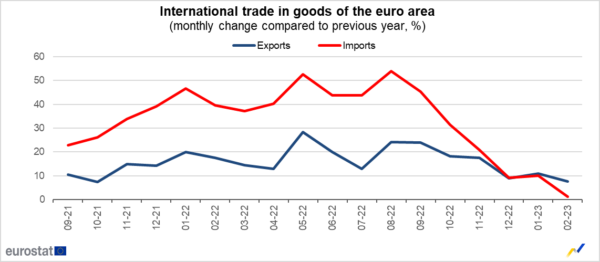
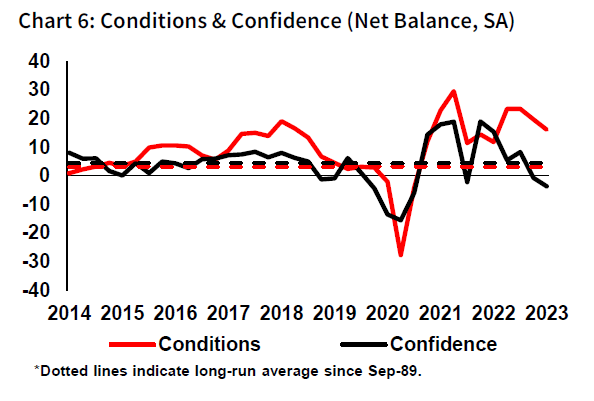
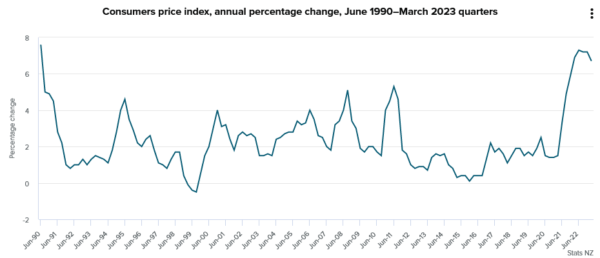

ECB Rehn: No reason to abandon restrictive policy prematurely
ECB Governing Council member Olli Rehn emphasized the importance of maintaining a proactive, balanced policy in the current monetary policy landscape. According to Rehn, the central bank has moved into an area that restricts aggregate demand, and he argued against abandoning this stance prematurely.
Rehn stated, “In monetary policy, we have moved into an area that restricts aggregate demand, and there is no reason for us to abandon it or exit it prematurely.” He added, “The path to sustainable growth is narrow, but it can be traversed with a proactive, balanced policy.”
Rehn further explained that by adhering to this approach, “we can achieve our goals without causing unnecessary costs to the economy – also because now the central banks are independent and not subject to political pressure, as in the 1970s.”